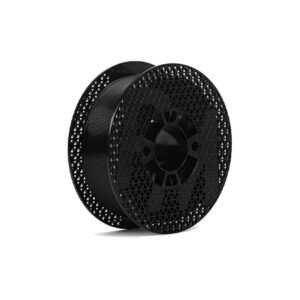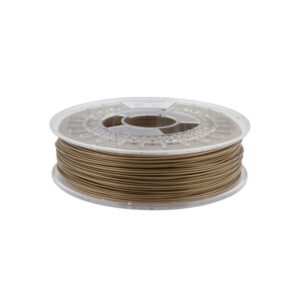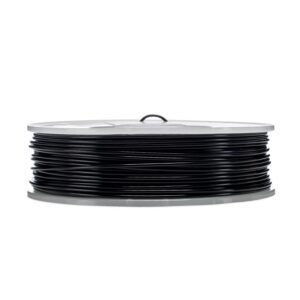Description
Filaments in Cyprus – PETG Filament
Applications of Kimya PETG-S
The French manufacturer’s filament is great for creating simple jigs or fixtures. PETG is often used to manufacture a component where a simple PLA is not sufficient. PETG offers higher temperature resistance (80°C) and better mechanical resistance. PETG is also often used in prototyping, both by home users and by industry.
Benefits of Kimya PETG-S
- No odor when printed
- Hydrophobic (water-repellent)
- High impact resistance
- food safe
Store away from light, humidity and heat to maintain the properties of the product.




